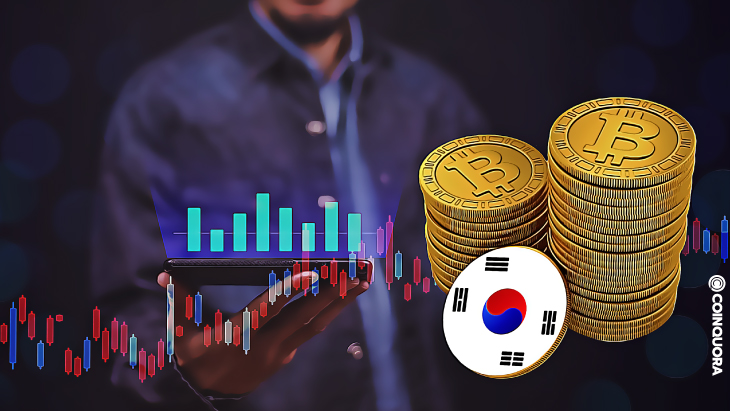- South Korea is on a move to establish a Digital Assets Committee in early June 2022.
- The move is due to the country’s perceived need to establish a dedicated body due to the LUNA incident.
- “The daily transaction amount of virtual assets exceeded 11.3 trillion won,” says a Korean professor.
The ruling party of South Korea, the People Power Party (PPP), is on a move to establish a Digital Assets Committee (DAC) in early June 2022. This revelation came via a Korean press body on Tuesday, May 31, 2022.
According to the report, the DAC will serve as the control tower for policy preparation and supervision of the virtual asset industry. The committee will remain the control tower until the enactment of the Digital Assets Framework Act, and the establishment of an exclusive agency within the government.
The enactment of a regulatory arm from the Korean government for cryptocurrency was a result of the devastating implosion of Terra (LUNA) earlier this month. The Terra ecosystem was a technological innovation from two Korean founders, Daniel Shin and Do Kwon. Reports have it that investors lost over $60 billion to the crash.
An official from the ruling party said,
The launch of the Digital Assets Committee will be immediately after the inauguration of the new Financial Services Commission Chairman. The party decided to launch the Digital Assets Committee hastily as the need for a reliable control tower to represent the virtual asset industry increased due to the Luna-Tera crash.
Hwang Seok-jin, a professor at Dongguk University’s Graduate School of International Information Security and a member of the Special Committee on Virtual Assets, said the daily transaction amount of virtual assets exceeded 11.3 trillion Korean won. Therefore, a commodity with a transaction volume similar to the average daily transaction of the KOSDAQ should have a system to protect investors from crashes.
The commission will prepare guidelines for crypto listing screening criteria, market monitoring, unfair trade monitoring, disclosure system, investor protection measures, etc.


